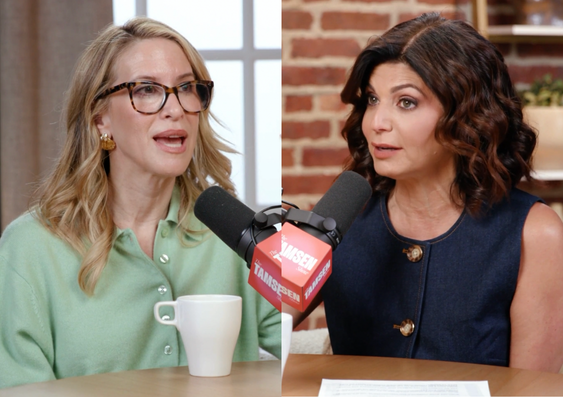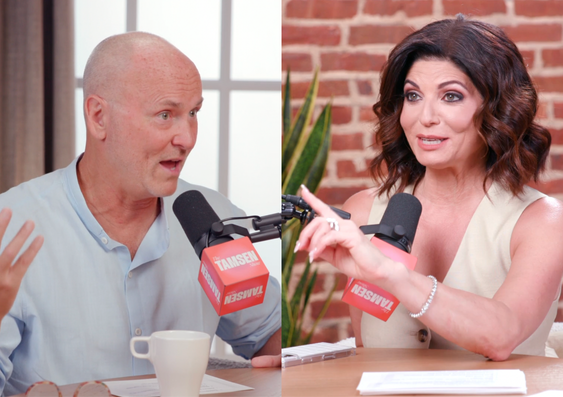Have you ever felt a sudden, uncontrollable urge to go to the bathroom? It can be embarrassing in the moment, but know that it’s common! During menopause, significant hormonal changes occur, particularly the decline in estrogen levels. Estrogen helps maintain the strength and elasticity of the tissues in the pelvic floor and urinary tract. When estrogen levels drop, these tissues can weaken, leading to issues such as:
- Stress Incontinence: leakage during activities like coughing or exercising
- Urge incontinence: a sudden, intense need to urinate
These can affect daily activities and quality of life, causing frustration and anxiety. Understanding these changes and how they impact your body is the first step in managing symptoms effectively. With the right strategies and support, you can regain control and improve your overall well-being.
How can I deal with urinary incontinence during menopause?
Pelvic floor exercises
Kegel exercises are highly effective in strengthening the pelvic floor muscles, which support the bladder and help control urination. Regularly performing Kegel exercises can improve bladder control and reduce incontinence. To do Kegels, contract the muscles you use to stop urinating, hold for a few seconds, and then release. Repeat this several times a day for the best results. Here are some more pelvic floor exercises you can incorporate into your routine:
- Bridge Pose: Lie on your back with your knees bent and feet flat on the floor. Lift your hips towards the ceiling, squeezing your glutes and pelvic floor muscles. Hold for 5-10 seconds, then slowly lower your hips back to the floor.
- Pelvic Tilt: Lie on your back with your knees bent and feet flat on the floor. Tighten your abdominal muscles and flatten your lower back against the floor. Hold for 5 seconds, then relax.
- Bird Dog: Start on your hands and knees, keeping your back straight. Extend one arm straight ahead and the opposite leg straight back. Hold for a few seconds while squeezing your pelvic floor muscles, then return to the starting position.
- Clamshells: Lie on your side with your knees bent at a 90-degree angle. Keep your feet together and lift your top knee as high as you can without moving your pelvis. Engage your pelvic floor muscles as you lift your knee. Lower your knee back down slowly.
Bladder training
Bladder training involves gradually increasing the time between bathroom visits to improve bladder control. Start by going to the bathroom at regular intervals, even if you don’t feel the urge. Gradually extend the time between visits as you become more comfortable, which helps train your bladder to hold more urine for longer periods. Here’s a breakdown on how to try it yourself:
- Establish your body’s baseline: Track your bathroom habits for a few days. Note the times you urinate and any incidents of urgency or leakage. This will help you understand your current pattern and identify realistic goals.
- Set a fixed schedule: Start by setting a fixed schedule for bathroom visits. For example, if your baseline is to go every hour, try extending it to every 1 hour and 15 minutes. Stick to this schedule regardless of whether you feel the urge to go.
- Gradually increase the intervals: Slowly step up the time between bathroom visits by 15-minute increments every few days. Continue this process until you reach a desired interval, such as every 2-4 hours.
Healthy diet
Maintain a balanced diet rich in fiber to prevent constipation, which can put pressure on the bladder and worsen incontinence. Avoid bladder irritants like caffeine, alcohol, and spicy foods, as they can increase urinary urgency and frequency. Eating a diet full of fruits, vegetables, whole grains, lean proteins, and healthy fats can support overall urinary health.
Stay hydrated
Drink enough water to stay hydrated, but avoid drinking large amounts of fluids at once. Spread your fluid intake throughout the day and reduce intake in the evening to minimize nighttime incontinence. Staying properly hydrated helps maintain bladder health and can prevent irritation.
Maintain a steady, healthy weight
Excess weight can put pressure on the bladder and pelvic floor muscles, worsening incontinence. Aim to maintain a healthy weight through a balanced diet and regular exercise to reduce this pressure. Losing weight can significantly improve bladder control and reduce the frequency of incontinence episodes.
Exercise regularly
Regular physical activity can help maintain a healthy weight and strengthen the muscles that support the bladder. Low-impact exercises not only support bladder health but also improve overall fitness and well-being. Here are some of my favorite workouts:
- Walking: I LOVE my daily walks, they’re a great way to get my body moving and help improve cardiovascular health while being gentle on my joints and keeping my weight in check
- Swimming: Is a great full-body workout without stress on my joints. Enhances cardiovascular health and muscle tone while also building strength and endurance.
- Yoga: This is another all time favorite! It really boosts flexibility, strength, and relaxation. And pro tip: poses like the bridge pose and child's pose can strengthen the pelvic floor.
- Pilates: Emphasizes core strength and stability. Exercises such as pelvic tilts and leg lifts target the pelvic floor muscles and can really make a difference in your incontinence symptoms. I’ve also noticed my posture improving!
- Biking: This is an enjoyable low-impact cardiovascular exercise. It strengthens leg muscles and supports weight management. Plus, it’s adaptable; it’s great for both outdoors and indoor workouts.
- Strength training: This has been the biggest game changer for me during menopause. Strength training workouts build muscle strength and supports bone health. To address incontinence symptoms in particular, focus on exercises that strengthen the core and lower body.
Incorporating these exercises into your routine can help maintain a healthy weight, strengthen muscles, and improve overall fitness and well-being. Be sure to consult with your doctor or physical therapist before adding any new exercises into your routine.
Manage stress
Practice relaxation techniques such as deep breathing, progressive muscle relaxation, or guided imagery to manage stress, which can exacerbate urinary symptoms. Mindfulness and meditation can also improve overall well-being and reduce anxiety related to incontinence, helping you stay calm and in control.
Wear protective pads
If incontinence is an ongoing issue, consider using protective pads or liners to manage leaks and maintain confidence. Choose products specifically designed for urinary incontinence to ensure comfort and absorbency. These products can help you go about your day without worrying about leaks. Plus, there are so many great, discrete products these days, so you can continue wearing your favorite outfits without worry they’ll show through.
Medical interventions
Consult your healthcare provider if urinary incontinence is frequent or severe. They can recommend medical treatments such as medications, pelvic floor physical therapy, or procedures to improve bladder control. Hormone replacement therapy (HRT) may also help by balancing hormone levels and strengthening pelvic tissues, providing significant relief for some women.
Monitor your symptoms
Keep a diary to track your urinary symptoms, noting when incidents occur, their intensity, and what activtiies or actions you may have been doing leading up to it. This information can help you and your healthcare provider develop an effective management plan. Understanding your symptoms and their patterns is key to finding the right treatment approach. No matter what, though, know you’re never alone.
Urinary incontinence during menopause can be challenging, but it can be managed effectively with a combination of treatments and lifestyle changes. Pelvic floor exercises, such as Kegels, are crucial for strengthening the muscles that support bladder control. Bladder training, which involves gradually increasing the time between bathroom visits, can also help improve bladder function. Maintaining a healthy diet rich in fiber helps prevent constipation, which can exacerbate incontinence, and avoiding bladder irritants like caffeine and alcohol can reduce symptoms. Regular exercise, including low-impact activities like walking and yoga, supports overall health and weight management. Additionally, stress reduction techniques such as deep breathing and meditation can alleviate symptoms. Medical interventions may also be necessary, so always consult with your healthcare provider to develop a personalized plan. By making these adjustments, you can improve bladder control and enhance your overall quality of life.
Additional Resources:
Secrets To Thrive In Menopause: Download this free guide to learn my top secrets to thrive in menopause.
Menopause Symptom Tracker: Track your symptoms and get connected to physicians and organizations that can help you!
The information contained on this website is intended for informational and educational purposes only. It is not intended to be a substitute for the advice of an appropriately qualified and licensed physician or other healthcare provider.






.jpg)
.jpg)







